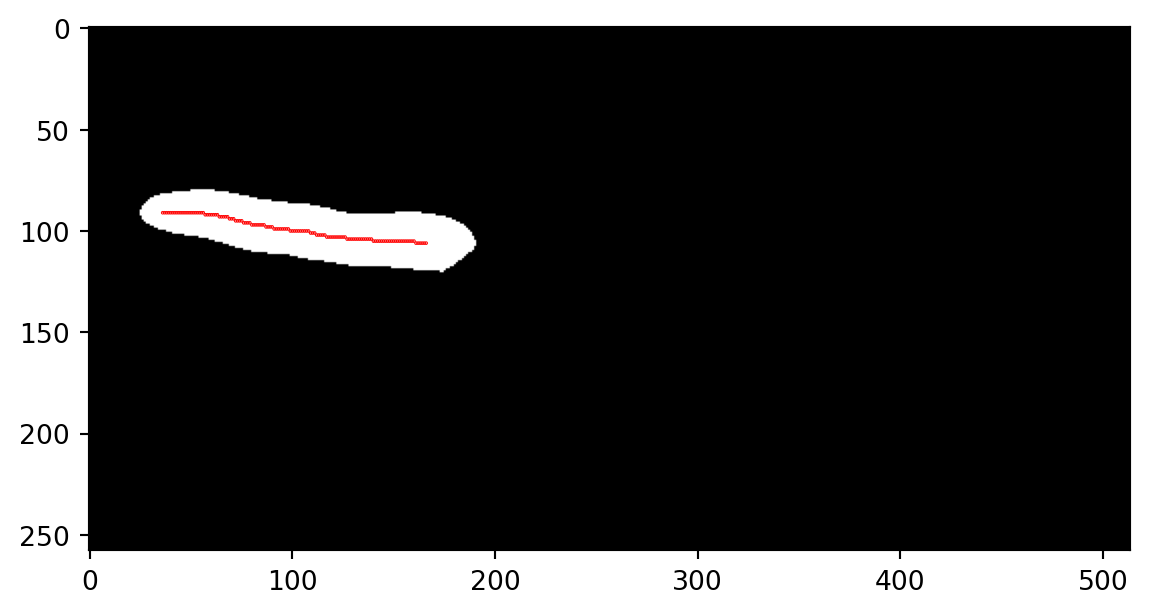Eskandarian, Haig A, Pascal D Odermatt, Joëlle XY Ven, Melanie Hannebelle, Adrian P Nievergelt, Neeraj Dhar, John D McKinney, and Georg E Fantner. 2017. “Division Site Selection Linked to Inherited Cell Surface Wave Troughs in Mycobacteria.” Nature Microbiology 2 (9): 1–6.
Hannebelle, Mélanie, Joëlle XY Ven, Chiara Toniolo, Haig A Eskandarian, Gaëlle Vuaridel-Thurre, John D McKinney, and Georg E Fantner. 2020. “A Biphasic Growth Model for Cell Pole Elongation in Mycobacteria.” Nature Communications 11 (1): 1–10.
Lee, Ta-Chih, Rangasami L Kashyap, and Chong-Nam Chu. 1994. “Building Skeleton Models via 3-d Medial Surface Axis Thinning Algorithms.” CVGIP: Graphical Models and Image Processing 56 (6): 462–78.
Stringer, Carsen, Tim Wang, Michalis Michaelos, and Marius Pachitariu. 2021. “Cellpose: A Generalist Algorithm for Cellular Segmentation.” Nature Methods 18 (1): 100–106.
Tyagi, Jaya Sivaswami, and Deepak Sharma. 2002. “Mycobacterium Smegmatis and Tuberculosis.” Trends in Microbiology 10 (2): 68–69.
Zhang, Tongjie Y, and Ching Y. Suen. 1984. “A Fast Parallel Algorithm for Thinning Digital Patterns.” Communications of the ACM 27 (3): 236–39.







